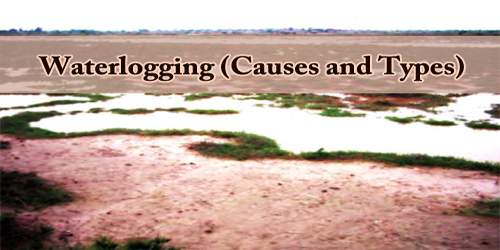The oldest genome of a contemporary person discovered in the Wallacea Region of western Indonesia and Papua New Guinea suggests a previously unknown ancient human link. The international investigation was carried out in close coordination with various Indonesian scholars and institutions.
It was headed by Professor Johannes Krause of the Max Planck Institutes for Evolutionary Anthropology in Leipzig and the Science of Human History in Jena, Professor Cosimo Posth of the Senckenberg Centre for Human Evolution and Palaeoenvironment at the University of Tübingen, and Professor Adam Brumm of Griffith University, Australia. The study has been published in the latest edition of Nature.
Almost completely preserved skeleton
More than 50,000 years ago, the Wallacean Islands served as stepping stones in the expansion of the earliest modern people from Eurasia to Oceania. Archaeological evidence suggests that our species’ forebears lived in Wallacea as early as 47,000 years ago. However, only a few human skeletons have been discovered.
The Toalean technology complex, which dates from between 8,000 and 1,500 years ago, is one of the most remarkable archaeological findings in this region.
That came as a surprise, because we do know of the spread of modern humans from eastern Asia into the Wallacea region but that took place far later, around 3,500 years ago. That was long after this individual was alive.
Johannes Krause
The distinctive stone arrowheads known as Maros points are among the artefacts made by members of the Toalean civilisation. The Toalean civilisation has only been discovered in a tiny location of Sulawesi’s southern peninsula.
“We were able to assign the burial at Leang Panninge to that culture,” says Adam Brumm. “This is remarkable since it is the first largely complete and well preserved skeleton associated with the Toalean culture.”
The study’s primary author, Selina Carlhoff, a doctorate candidate at the Max Planck Institute for the Science of Human History, extracted DNA from the petrous bone of the skull.
“It was a major challenge, as the remains had been strongly degraded by the tropical climate,” she says.
The Leang Panninge individual was found to be connected to the first modern people who arrived in Oceania from Eurasia 50,000 years ago. The genome of the Leang Panninge individual revealed traces of Denisovan DNA, just as the genomes of indigenous peoples in New Guinea and Australia. The Denisovans are an extinct race of archaic humans whose remains have been discovered mostly in Siberia and Tibet.
“The fact that their genes are found in the hunter-gatherers of Leang Panninge supports our earlier hypothesis that the Denisovans occupied a far larger geographical area,” says Johannes Krause.
Another piece in the great genetic puzzle
Further evidence came from a study of genomic data from hunter-gatherers who lived west of Wallacea around the same period as the Leang Panninge individual, which revealed no traces of Denisovan DNA.
“The geographic distribution of Denisovans and modern humans may have overlapped in the Wallacea region. It may well be the key place where Denisova people and the ancestors of indigenous Australians and Papuans interbred,” says Cosimo Posth.
However, a major component of the genome of the Leang Panninge individual comes from an ancient Asian population.
“That came as a surprise, because we do know of the spread of modern humans from eastern Asia into the Wallacea region but that took place far later, around 3,500 years ago. That was long after this individual was alive,” Johannes Krause reports.
Furthermore, the research team discovered no evidence that the Leang Panninge group left progeny among Wallacea’s current population. What happened to the Toalean culture and people is still unknown.
“This new piece of the genetic puzzle from Leang Panninge illustrates above all just how little we know about the genetic history of modern humans in southeast Asia,” Posth says.
















